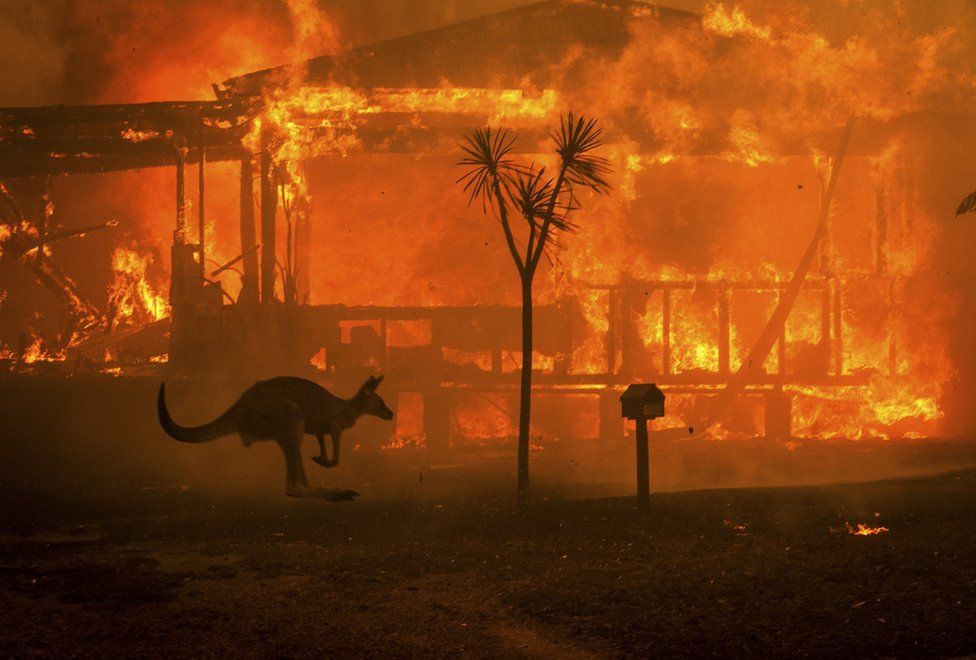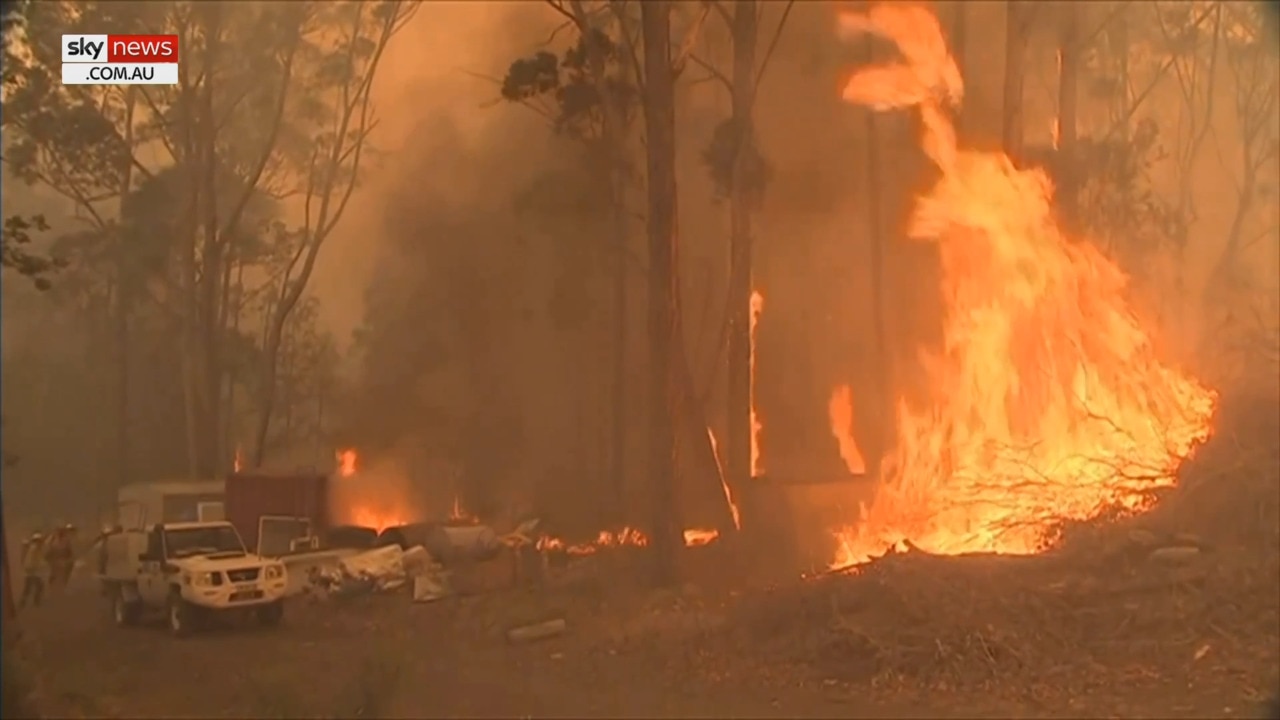Recognizing the Relevance of a Detailed BAL Assessment Report
Recognizing the Relevance of a Detailed BAL Assessment Report
Blog Article
Essential Tips for Bushfire Administration to Ensure Fire Protection

Understanding Bushfire Threat Levels
Recognizing the differing levels of bushfire danger is crucial for reliable planning and preparation in mitigating prospective hazards to lives and homes. Bushfire threat levels are commonly classified based on factors such as weather, fuel availability, topography, and historical fire actions. By comprehending these threat communities, individuals and degrees can proactively carry out methods to reduce vulnerability and improve strength despite potential bushfire events.
The very first level of bushfire threat is reduced risk, where the possibility of a bushfire occurring and causing significant harm is minimal. Risky degrees symbolize a considerable danger, with problems favorable to rapid fire spread and severe fire habits.
Recognizing these bushfire threat levels enables stakeholders to customize their readiness and response actions accordingly, ensuring a reliable and positive approach to bushfire monitoring.
Establishing a Defensible Area
Reliable bushfire monitoring begins with developing a defensible area around buildings to improve security against potential fire dangers. A defensible area is a barrier area that creates a barrier in between a structure and the surrounding flammable plants. This area acts as a crucial line of protection, offering firefighters a secure area to operate and assisting to reduce the danger of a fire infecting the residential or commercial property.
When creating a defensible room, it is important to take into consideration the design of the building and the surrounding landscape. Clearing up greenery, particularly very flammable plants, within a specific radius of the residential property can help avoid the rapid spread of fires. Additionally, keeping a well-irrigated zone around the residential or commercial property can further boost its defensibility.
Regular maintenance of the defensible area is critical to ensure its efficiency. This includes trimming looming branches, clearing dead plant life, and maintaining the area without debris. By spending time and effort into developing and maintaining a defensible area, building proprietors can dramatically boost their chances of protecting their homes and possessions during a bushfire.
Carrying Out Fire-Resistant Landscaping
When developing landscapes to alleviate the risk of bushfires, incorporating fireproof elements is necessary for improving residential property security and reducing fire threats. Select plants with high wetness web content, low oil material, and marginal dead greenery to lower the risk of fire spread.

Producing an Emergency Situation Discharge Plan
Creating a comprehensive emergency situation discharge strategy is important for ensuring the security and health of people during possible bushfire events (BAL Assessment). An efficient discharge plan must lay out clear procedures to adhere to in the occasion of a bushfire risk, including designated emptying courses, assembly points, and communication procedures
To begin producing an emergency situation emptying plan, it is vital to examine the specific risks and vulnerabilities of your area. Recognize multiple discharge routes that bring about safe areas far from the fire, taking into consideration factors such as terrain, road availability, and potential risks. Establish communication channels to alert residents of an impending evacuation, utilizing methods such as sirens, text informs, or door-to-door notices.
Regularly review and exercise the evacuation strategy with all locals or neighborhood members to ensure everyone comprehends their responsibilities and roles. Conduct drills to test the effectiveness of the strategy and make any kind of needed modifications. By having a well-prepared evacuation plan in location, you can boost the opportunities of a organized and safe discharge throughout a bushfire emergency.
Maintaining Fire Safety Equipment
After developing a detailed emergency discharge strategy for bushfire occurrences, it is imperative to focus on the regular upkeep of fire security devices to ensure ideal functionality and readiness. Normal maintenance of fire safety and security devices such as fire extinguishers, smoke detectors, emergency alarm, and lawn sprinkler systems is vital in protecting lives and residential or commercial property throughout a bushfire. Conducting regular examinations, testing, and maintenance of these devices by qualified experts is vital to guarantee they are in functioning order when needed.
Fire extinguishers need to be inspected routinely for stress levels, visible damages, and proper capability. Smoke detectors should have their batteries changed a minimum of annually and undergo month-to-month screening to ensure they are operational. Fire alarm systems and lawn sprinkler must be evaluated periodically to verify they are linked and working appropriately. In addition, it is important to keep fire security equipment easily accessible, unhampered, and plainly labeled for easy identification throughout an emergency situation. By diligently preserving fire security devices, people can enhance their preparedness and reaction abilities in the event of a bushfire.
Conclusion
Finally, effective bushfire management involves recognizing threat levels, creating defensible areas, applying fireproof landscaping, creating emptying plans, and maintaining fire security equipment. By complying with these vital suggestions, individuals can make certain far better fire protection and safety for their properties and communities. It is very important to prioritize aggressive steps to mitigate the threats connected with bushfires and to be gotten ready for emergency situations.
By understanding the nuances of bushfire risk degrees, creating defensible spaces, applying fireproof landscaping, producing comprehensive emptying strategies, and guaranteeing the maintenance of fire safety and security devices, people and communities can considerably strengthen their resilience against the devastations of wildfires - BMP. These pointers are not only critical for protecting versus prompt fire dangers however additionally for cultivating long-term fire protection approaches that can make a substantial difference in the face of escalating bushfire dangers
Risky degrees represent a substantial BAL Assessment danger, with conditions helpful to fast fire spread and extreme fire actions. Regular upkeep of fire safety devices such as fire extinguishers, smoke detectors, fire alarm systems, and sprinkler systems is important in safeguarding lives and home throughout a bushfire.In conclusion, efficient bushfire administration entails understanding risk degrees, creating defensible rooms, carrying out fireproof landscape design, establishing discharge strategies, and preserving fire security equipment.
Report this page